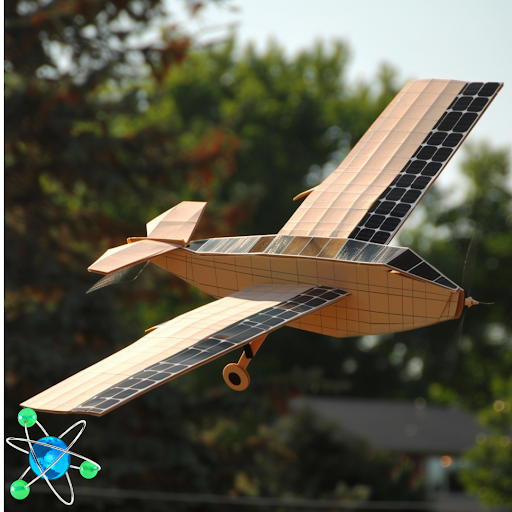
- The Skydweller airplane completed the world’s first successful autonomous and unmanned flight of a large solar-powered aircraft, taking off from Stennis National Airport and operating solely on solar energy.
- Solar-powered planes like Skydweller offer net-zero carbon emissions, lower power consumption compared to jet-fueled aircraft, and competitive advantages over balloons and satellites for long-duration aerial surveillance and telecommunications.
The Skydweller airplane has achieved a groundbreaking milestone by completing the world’s first successful autonomous and unmanned flight of a large solar-powered aircraft, launched from Stennis National Airport in the United States. This innovative aircraft operates solely on solar energy, and is so lightweight that it takes off with a simple hand push. The plane managed to fly and land successfully without any human intervention. Solar-powered planes like the Skydweller could become a new alternative for aerial surveillance in high-risk missions.
Aviation giants, telecommunication companies, venture investors, and military agencies are already investing millions of dollars into developing solar planes and their technologies. These planes typically harness solar energy through panels covering the wings, body, and tail. The solar power is paired with batteries that charge during the day and power the aircraft and its payload at night. Advances in battery technology and reductions in costs have made it feasible to power a solar plane for longer distances and throughout the night.
Solar-powered planes produce net-zero carbon emissions and consume significantly less power compared to jet-fueled aircraft. “A domestic hair dryer is probably consuming the same amount of power that we’re using during the night to fly the airplane,” says Dave Corfield, head of the U.K.’s solar-and-battery-powered aircraft unit, Phasa-35.
Solar-powered planes offer several competitive advantages over current surveillance techniques. Autonomous planes can fly at altitudes for durations that humans cannot tolerate. Unlike balloons, solar planes are steerable, providing a significant advantage for monitoring moving targets on the ground or offering telecom coverage without being blown off course. They are also cheaper and closer to the earth than satellites, making them ideal for services that cannot be currently offered by either balloons or satellites. Solar planes stay in the air for months at a time.
The company behind this pioneering aircraft is Skydweller Aero, led by CEO and aerospace engineer Robert Miller. Miller first conceived the idea for the plane when the U.S. Defense Advanced Research Projects Agency (DARPA) tasked him with creating a surveillance craft capable of locating African warlord Joseph Kony. To achieve this, Miller needed an aircraft that could travel long distances to varying locations and remain airborne for weeks, something satellites in orbit are unable to do.
Miller decided to purchase the Solar Impulse 2, a Swiss single-seater solar-powered plane that had recently become the first to circumnavigate the globe in 2016. He then founded Skydweller Aero and retrofitted the Solar Impulse 2 to fly autonomously, securing a $5 million contract from the U.S. Navy in the process.
However, some challenges still prevent the widespread use of solar-powered planes. It is unclear whether these planes are robust enough to withstand high winds and poor weather conditions. Additionally, the plane’s maximum speed is 35 miles per hour, and it takes around nine hours to ascend to cruising altitude, which could make it impractical for time-sensitive missions. As development continues and technology advances, and other energy sources such as Nuclear Tech develops, these issues will likely be addressed, paving the way for solar-powered planes to become widely used technology.
